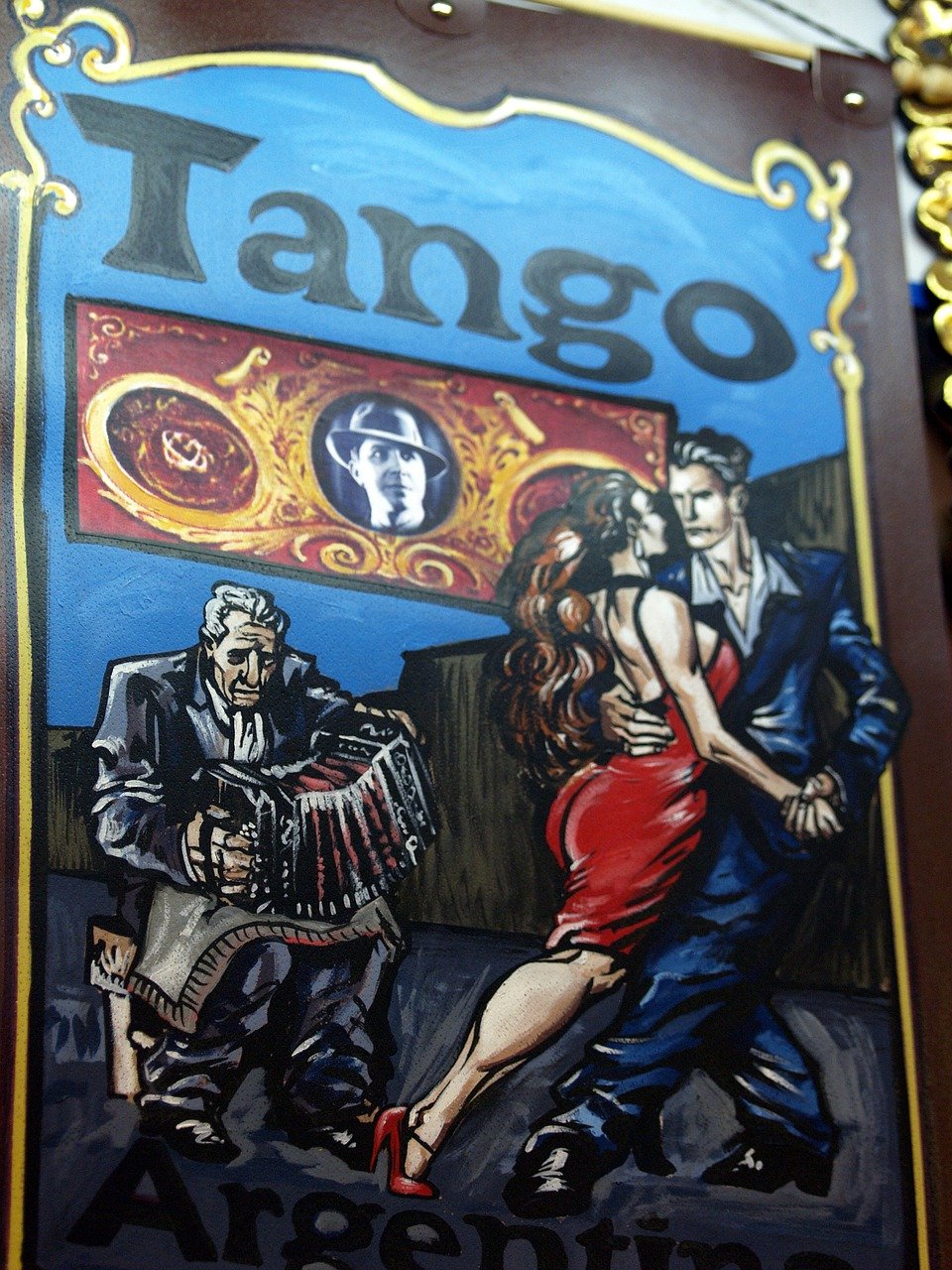Frequently Asked Questions
Why are we called the Neotango Collective when we work with both traditional and modern styles?
There is already so much emphasis on the perceived differences between modern and traditional styles in some areas that whatever we called ourselves we ran the risk of being thought of as 'other' by some people. If we had gone for a 'tango' name then modern tango groups may well expect us to cover only traditional styles, just as traditional tango groups may well be looking at us a bit sideways right now because of the name we eventually chose.
The association is a new concept in tango and so 'neo-' works well for us. Our origins are in modern tango and we are taking a very modern or 'neo' approach to setting up this organisation. And we had to call it something! But whatever our name and background we are committed to working with any and all styles of tango, whether you think of yourself as traditional, modern, nuevo, neo, or anything else.
Can social dancers join the collective?
No. We cannot currently see a benefit for social dancers to join what is essentially a professional body and so membership is open only to people and organisations actively working in tango right now. If this changes and we can create actual benefit for social or dancing members then we will change, but we have no plans to do that at this time.
Does being a 'professional body' mean you are only open to 'professional teachers'? I run a class twice a week that I do not charge entry for, so am I 'professional'?
We are open to anyone teaching or organising events in any way. We do not care - or even ask - how much money you make from tango or if it provides a major or a tiny part of your income. The terms 'professional', 'amateur', and 'semi-professional' are open to interpretation and are so often used to cause division by people working in the same industry that we do not use them.
Do you teach people to dance, or teach anyone to teach tango?
No, we do not. We exist to promote standards in teaching and in events, not to promote a particular style of teaching or to make everyone teach or dance in a particular way. The beauty of tango is that it is so varied, with different styles of dance, different ways of teaching, different music, and a different emphasis from one teacher to another. If we taught people how to teach or to dance it would have the effect of saying that we think one particular style or approach was better than another. And that is not why we are here at all.
We will soon be offering our members training in particular teaching techniques, such as working with students who have disabilities, understanding how to teach physical activity to music, being aware of possible safety or health issues and how to spot them early, and much more. But we will never teach anyone how to teach or dance tango. That is what our members do.




